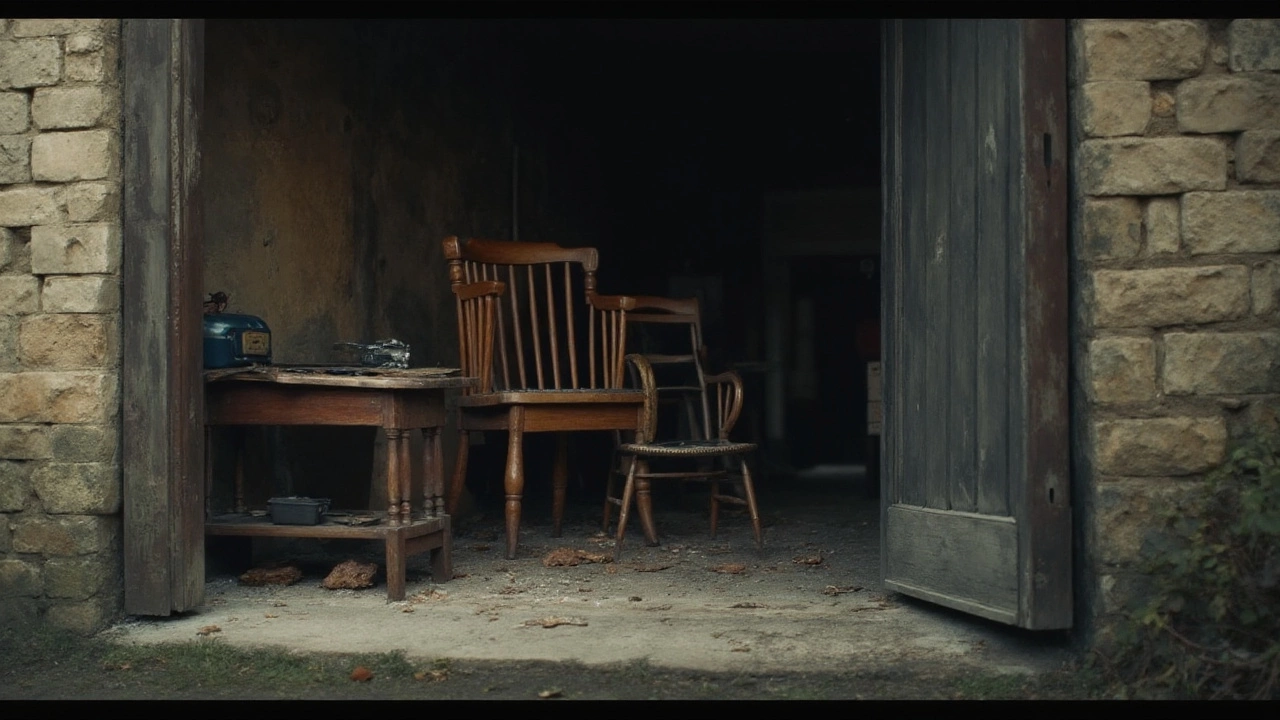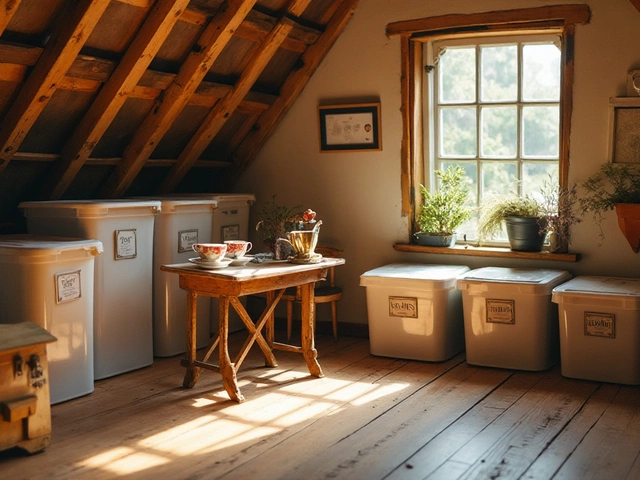Moisture Damage – How It Affects Your Furniture and What to Do
Moisture damage is the silent enemy behind soggy sofas, warped wardrobes and that musty smell in storage. A few drops of humidity can turn a beautiful oak table into a cracked eyesore or let mold grow on your couch. The good news? You can spot the problem early and fix it without calling in a specialist.
Common Signs of Moisture Trouble
First, look for any discoloration or dark spots on wood and fabric. Those are often mold or mildew forming – just like the tips we share in our "What Kills Mold and Mildew on Furniture?" article. If the surface feels damp or the air in the room feels sticky, humidity is probably too high.
Wood that starts to cup, twist or develop a hollow sound when you tap it is warping. Our "Will Your Furniture Warp in a Storage Unit?" guide explains how temperature swings and excess moisture in a storage unit are the main culprits.
For upholstered pieces, a faint musty odor is a red flag. That smell means spores are growing, and the longer you wait, the harder it is to get rid of them.
Practical Ways to Prevent and Fix Damage
Keep indoor humidity between 40‑60% with a dehumidifier, especially in basements or garages. If you must store furniture in a cold garage, use breathable covers and avoid plastic sheets that trap moisture – a point we detail in "Can You Store Furniture in a Cold Garage?".
For existing mold, wipe the area with a solution of equal parts water and white vinegar, then let it dry thoroughly. This simple mix works better than many commercial cleaners for most fabrics and finishes.
Wood that has already warped can sometimes be rescued by gently re‑humidifying the dry side and clamping the piece flat until it dries evenly. Use a damp cloth on the concave side, then a dry cloth on the convex side, and leave it in a stable environment for a day or two.
When buying new pieces, ask the maker about the wood’s finish and whether it’s sealed for moisture resistance. Our custom furniture service at Crafted Furniture Solutions uses high‑quality sealants that keep humidity at bay.
Finally, rotate cushions and breathe life into sofas by standing them up occasionally. This helps air circulate and prevents the hidden pockets where mold loves to thrive.
Moisture damage doesn’t have to ruin your home. Spot the signs early, control the humidity, and act fast when you see mold or warping. Follow these steps and your furniture will stay strong and fresh for years to come.



